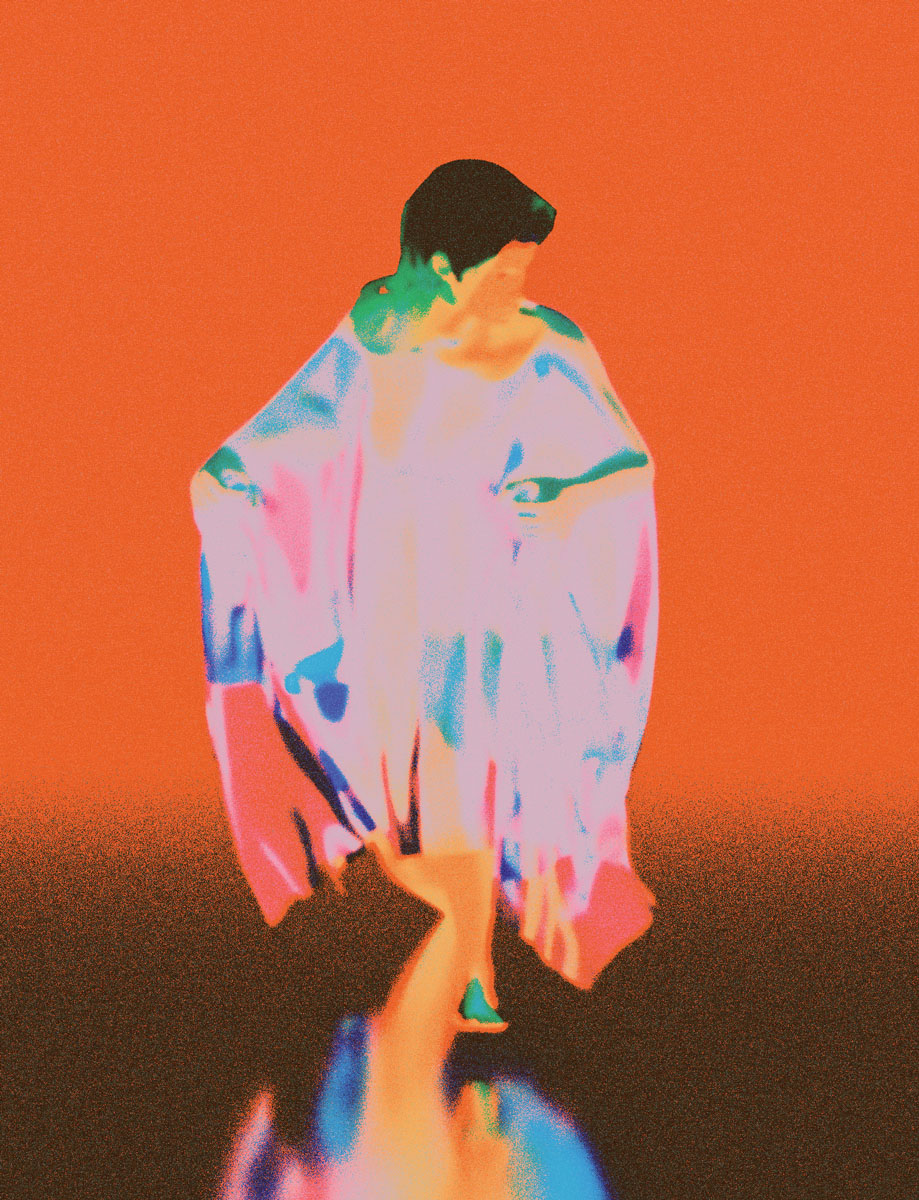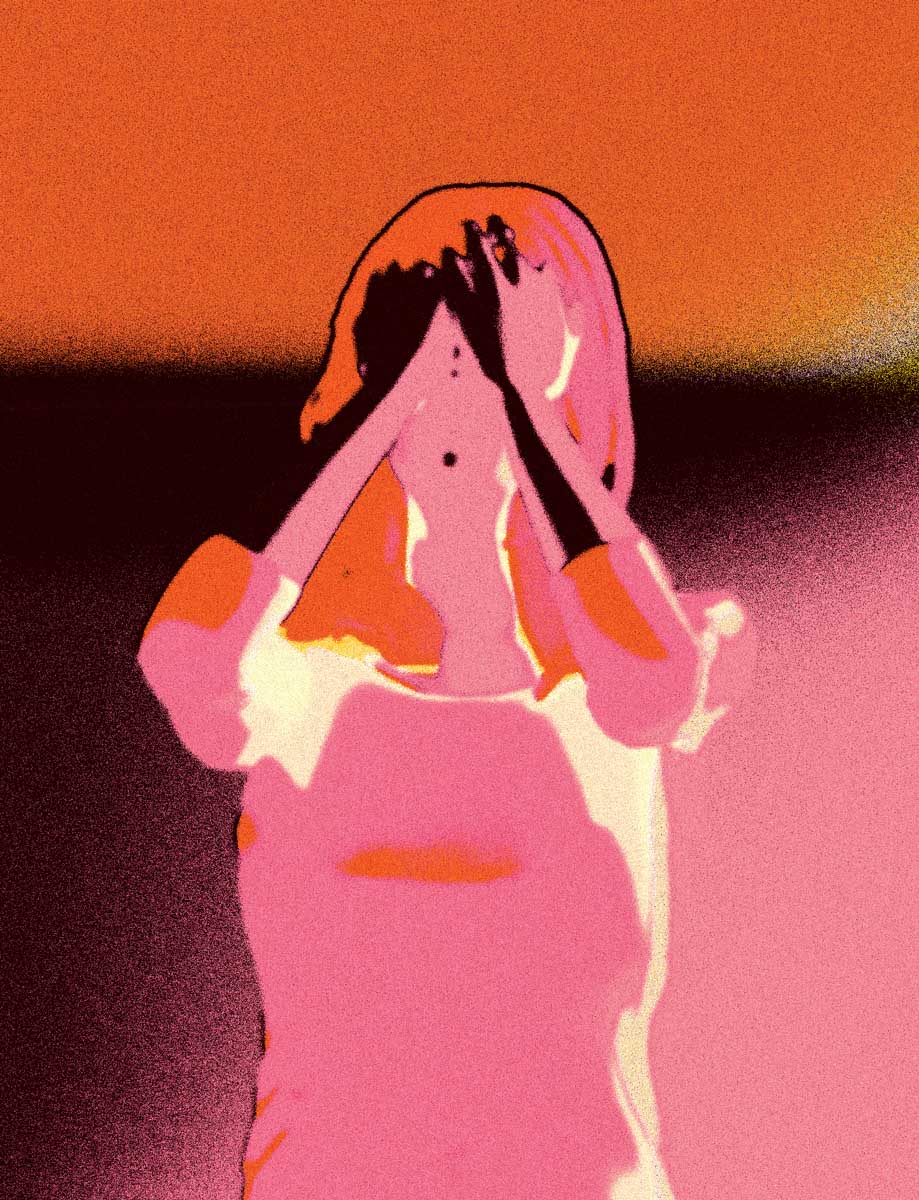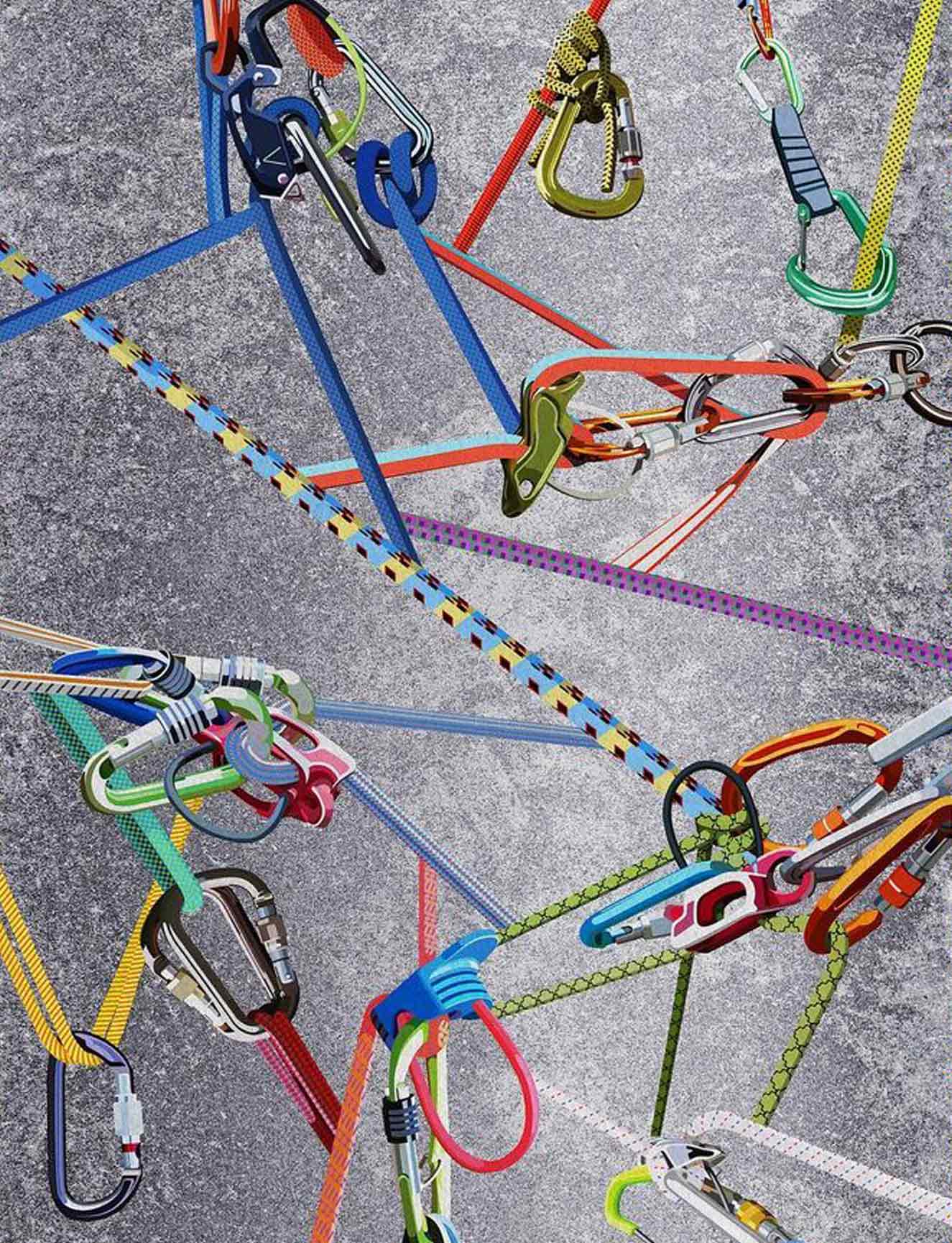Until December last year, I’d been a drag queen for a decade. Over those years, the public perception and reception of drag changed seismically; we went from sweaty basements to cleaning product commercials. I think a lot of this was about truth: because in drag artists people saw a kind of truth, an honesty which projects the drag artist’s purest desires to look a certain way and take up a certain kind of space, and this speaks to the desires, the truths, of so many.
In drag artists people saw a kind of truth
My critics, of which there were a few over the years, would level words like inauthenticity, exploitation, dishonesty at myself and others in my community. To them, drag is about almost the opposite of truth. But drag is merely the use of a creative alter ego — like so many, if not arguably every, artist, writer, director, dancer who has come before and been lauded for their ability to locate some sort of truth others can’t. Bowie had countless, Lady Gaga is an entire alter-ego, Prince had ‘symbol’, Jamie Starr, Tora Tora, Alexander Nevermind and Camille. Duchamp had Rrose Sélavy. Lynn Hershman Leeson had Roberta Breitmore. SOPHIE made music anonymously. Hemingway, A.S. Byatt, John Updike, and Philip Roth are all alter-egos.
Even if you go by your own name, it’s likely that when a person is creating or working artistically, in a business meeting or driving a crane for that matter, they are inhabiting a different part of the brain, or becoming someone even slightly different to the person who makes coffee in the morning. Whether this can be called alter-ego or not is one thing, but an alter-ego is certainly the extension of this: becoming something different to the you who makes coffee in the morning so you can access something that person isn’t usually allowed or encouraged to access.
We have the self around family, around friends, around colleagues; and then we have the self who can take a blank piece of paper and make something magical. There’s loads of selves: and perhaps the distinction between self x, self y, and the alter-ego is active choice. A place you choose to go when creating is your alter-ego. The person I am when I arrive through the front door of my childhood home, a place where I will always be the youngest of four children, is messier, and less active in their intention to become.
That sense of remove lubricates the process of creation
So often when creating, we are working against our strongest instincts of self-doubt, of self-criticism, of self-sabotage. For so many of us, a creative alter ego allows us to shed so many of the things that would usually stifle, or stop entirely, the creative process.
For myself, certainly, accessing an entirely different person and space meant that there was less fear in creating what I really wanted to create. Whether using my singing voice on stage for the first time, writing freely about intense sexual encounters, or discussing the impact shame had on my life as a child in a TedTalk. An alter-ego is a little more amorphous and plastic than a whole person — and so sometimes, if exploring your insides, you can use your avatar to reposition the most painful things about that process. It’s more comfortable, and that goes for when you release the work too. Like everyone is reading and relating to my alter ego’s diary, rather than mine directly. And that sense of remove lubricates the process of creation in the first place. If all art is an extension of the artist — or even if it’s not — having even a small visual or linguistic shield between yourself and the person who is putting out into the world can ease the process hugely.
I used to think my drag alter-ego and I were the same
One must ask, also, whether it’s possible to present a truthful and authentic self to the world without some sort of filtration or fiction. This isn’t the same as a fully formed alter-ego, but the process of using one and building one allows the person behind it to select what’s true about their avatar, and keep things back for themselves.
In terms of reception, the use of an alter-ego seems to allow more people to map themselves onto your work than if you are simply an ‘authentic, un-masked’ person, perhaps because an alter-ego is a little less fully formed. The best, most powerful parts are often amplified, and the dull coffee-in-the-morning parts are subdued. The point, I would argue, of making art and culture is to allow people to either find themselves in it, or escape into it. When it comes to witnessing creative alter-egos, as an audience we’re kind of allowed to do both. I’ve seen this in drag so many times: the strength of the alter-ego giving rise to some incredible responses where audiences have mapped their own lives onto the very fake (but inspired by very real) happenings in the life of the character, while escaping into the heightened artifice of drag.
I used to think my drag alter-ego and I were the same. For a long time in the middle of my work in drag I felt like the dialogue happened both ways: we both informed each other, and made up for what the other lacked. But over time we became separate: I reserved outrage for her, and sensitivity for me. She took all my attitude, while I did a lot of the hard work and preparation. It was healthy and unhealthy.
Through a kind of dishonesty so much more truth can come out
I killed her last year because I felt everything I could explore through her, I had explored. I felt like she had been given so much of me, it was time for that energy to go elsewhere. But having moved to the next creative focus in my life — a solo album — it wasn’t until after I’d finished the writing of it that I realised that this had all come from another alter-ego too. Sure this one is much uglier, much more complicated and far more embryonic than Crystal — RIP — but it had surprised, and comforted, me to understand that I find it hard to create something with heart, with truth, something ‘real’, without occupying the space of something made up. It’s surprising that through a kind of dishonesty or fiction—at least in my case—so much more truth, sincerity, and relatability can come out.
In the end, I feel like this is because the work is so often us. And creating a boundary between the world and yourself means that if people hate it, and perhaps if they love it too, it’s easier to leave people’s opinions of you in the wardrobe, or wherever it is you hang up your wig.
Read More: Are Creative Jobs A Scam?






